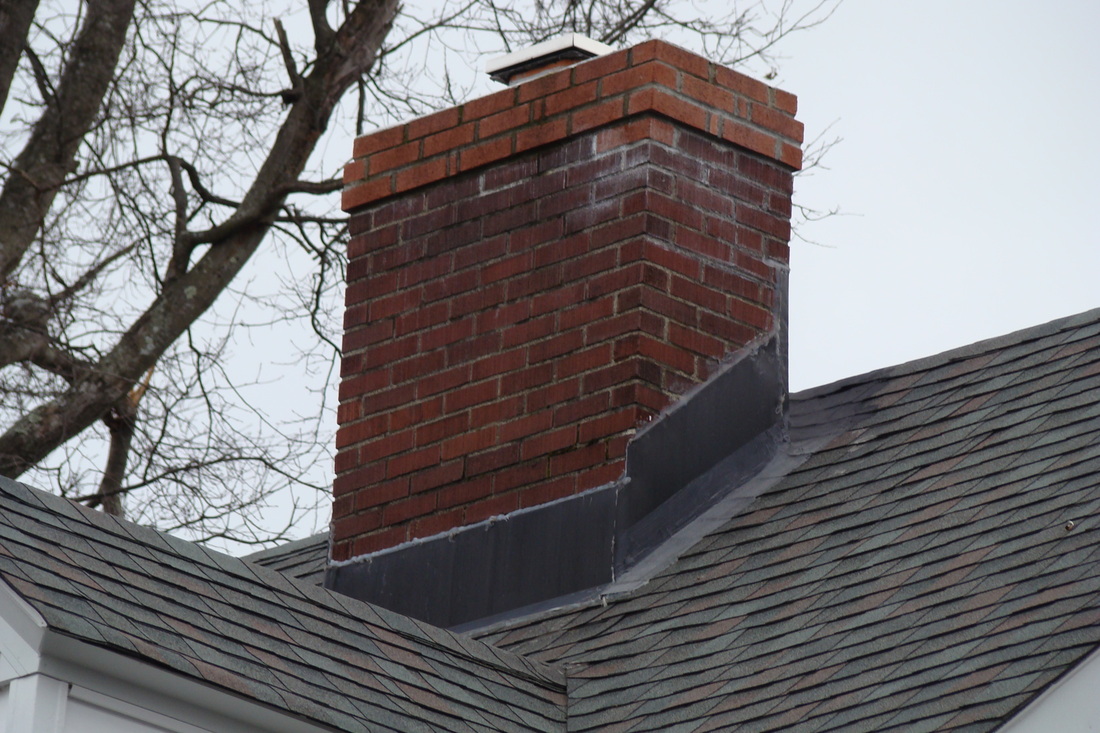Roof inspections are important for identifying potential issues and guaranteeing the longevity of your roof. https://roofrestorationcampbelltown.com.au/flashing-replacement/">https://roofrestorationcampbelltown.com.au/flashing-replacement/" target="_blank">https://roofrestorationcampbelltown.com.au/flashing-replacement/ can help detect issues early, stopping costly repairs or replacements down the line. Here are some common strategies and steps for conducting a roof inspection:
Visual Inspection:
a. Exterior Inspection:
Start by analyzing the roof from the bottom using binoculars or by safely climbing onto a ladder to get a more in-depth look.
Look for seen signs of damage, corresponding to lacking or broken shingles, curling or buckling shingles, or loose or deteriorated flashing round roof penetrations.
Check for debris, moss, algae, or lichen growth on the roof, which might point out moisture-related issues.
Inspect the gutters and downspouts for granules from shingles, as extreme granule loss can sign shingle wear.
b. Interior Inspection:
Go into the attic or crawl house and examine the underside of the roof deck for indicators of leaks, moisture, or water stains.
Look for daylight coming by way of cracks or holes in the roof deck, which may indicate roof harm.
Check for indicators of insulation harm, mould, or mildew progress, which may outcome from roof leaks.
Roof Walk:
a. If it's secure to take action, walk on the roof surface to inspect it up shut.
b. Be cautious and put on acceptable security gear, corresponding to non-slip sneakers and a safety harness if wanted.
c. Look for any gentle or spongy areas, which might indicate underlying damage.
d. Check for free or damaged roofing materials, in addition to signs of wear and tear and tear.
Moisture Detection:
a. Use a moisture meter to detect hidden moisture throughout the roof structure and insulation.
b. Moisture detection may help determine leaks or areas of potential water intrusion that is in all probability not seen.
Drone Inspection:
a. Drones geared up with cameras can provide a comprehensive view of the roof floor without the need for direct physical access.
b. A drone inspection may be particularly helpful for bigger or hard-to-reach roofs.
Professional Inspection:
a. Consider hiring a professional roofing contractor or inspector to conduct a thorough inspection.
b. Professionals have the experience, instruments, and expertise to identify issues that will not be apparent to a homeowner.
Documentation:

a. Document your findings with pictures and notes to create a document of the roof's condition.
b. This documentation may be useful for tracking adjustments over time and for insurance claims or repairs.
It's necessary to carry out roof inspections regularly, ideally a minimum of every year, and after severe weather events like storms. Additionally, when you're not snug or confident in your ability to perform a roof inspection safely, it is advisable to hire a professional roofing professional to ensure an intensive and correct assessment of your roof's situation..
